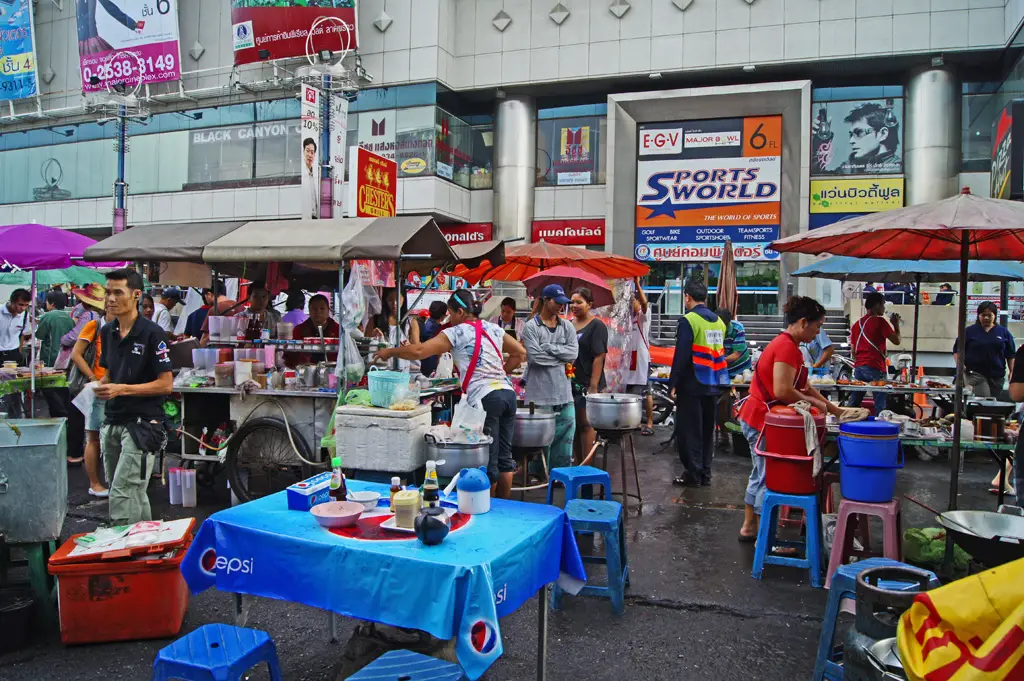Without the economy there is no city. The form of cities has been changing as the economic system modifies. Since the Industrial Revolution and the consolidation of capitalism as the economic system, urbanism has been used to generate surplus. Entrepreneurs interest in expansion leads them to look to land for acquiring natural resources, the markets expansion and the implementation of industries that contribute to a long chain of mass-production and reduction of costs.
Nowadays, the urban process has undergone another transformation of scale. It has become global. This has created what is called the Third Revolution – The Urban Revolution. Urban explosion in the last century and urban regenerations demonstrate how the economic system expands, creates and changes cities. Thus, David Harvey proposes The Right to the City as the citizens’ opportunity to balance the urban building process.
The question of what kind of city we want cannot be divorced from that of what kind of social ties, relationship to nature, lifestyles, technologies and aesthetic values we desire. The freedom to make and remake our cities and ourselves is, I want to argue, one of the most precious yet most neglected of our human rights. – David Harvey
In Latin America and parts of Asia and Africa, State policies for controlling urban growth, management, and administration generally misplace a normative frame. However, international institutions lead national governments to adopt models that make them globally competitive and obtain increasing development. In the 2009 World Bank Development Inform, the suggestions for development were: regional integration, territory progress and urbanization. However, these regions of the world are the more urbanized ones. Cities have an average of 80% self constructed human settlements, some of which are informal and some regularized. These neighborhood characteristics have a lack of services, are located in dangerous areas and on land of high environmental value, are in a consolidation process, and have no land tenure, amongst other things.
Taking the concept that the city is a reflection of our society and finally of ourselves, when considering the fact that most urban dwellers reside in settlements with no clear defined legal status, surely this deserves a rethink of how we want our world to be? The Right to the City seems a necessary global reflection.
The starting point for the Right to the City accomplishment is rethinking the way economics impacts urban construction, and the necessity to integrate the economy (development), space and society.
David Harvey suggests, under Robert Park’s philosophy, that the question of what kind of city we want cannot be divorced from that of what kind of social ties, relationship to nature, lifestyles, technologies and aesthetic values we desire:
If the city is the world which man created, it is the world in which he is henceforth condemned to live. Thus, indirectly, and without any clear sense of the nature of this task, in making the city man has remade himself.
Therefore, the Right to the City is a collective right to reshape the process of urbanization that goes beyond individual access to resources. In fact, ‘it is a right to change our selves by changing the city’. We need to take action in the structure of how cities are built, and in doing so, we can become actors and agents of change, generating a greater democratic control over the production and utilization of the surplus our cities generate.



